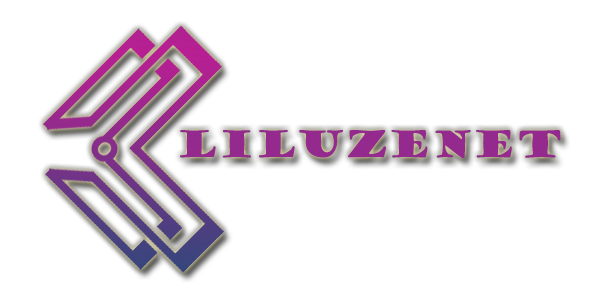If your business is at the stage of looking for a new content management system (CMS) to operate your web application, you’ll no doubt find various systems that promise the world. So, here's a Umbraco comparison with other CMS.
If this is the first you’ve heard of Umbraco, or you're wondering about the advantages and disadvantages of Umbraco against other leading CMS platforms, read on for our Umbraco comparison with the likes of Sitecore, Drupal, and WordPress.
Umbraco
What is Umbraco?
Umbraco is an open-source platform and one of the most user-friendly CMS available on the market. Umbraco offers flexibility, a wide range of features, and an intuitive website editing experience.
| Pros | Cons |
| Elegant user interface for simple, fast content editing | Possibly not as many plugins available compared to other CMS, but any customization is available |
| Fully responsive content ‘preview’ features | In-depth planning |
| In-built form builders and image handlers | |
| Integrated SEO optimization | |
| Third-party integration capability and active developer community | |
| Multi-sites/multilingual support | |
| Limitless Design and Functionality (not bound by any templating) | |
| Powerful built-in search engine |
Key features:
- Total control and flexibility over content
- Version control and auditing
- Extensive media library
Sitecore
What is Sitecore?
Sitecore is primarily a customer experience firm that also operates web content management software, as well as marketing automation software. In the era of user experience (UX), it’s little surprise that Sitecore calls its software a "digital experience platform".
| Pros | Cons |
| User-friendly software for content management | Very expensive for entry-level CMS needs |
| Multilingual content management | Platform has a tendency to crash |
| Quick and easy site deployment | Support team response could be better |
Key features:
- In-built tracking and analytics
- Content personalisation
- Build integrated marketing campaigns
WordPress
What is WordPress?
The WordPress CMS was originally created to enable users to create individual blogs with ease and efficiency. Since then, the platform has evolved to become a popular website CMS for more than just blogging. But despite its market share, there are flaws to the WordPress platform.
| Pros | Cons |
| Simple and intuitive CMS setup process | WordPress websites are particularly prone to hacking, Security vulnerable because it is the most popular |
| Мore affordable solution at a low cost | Design restrictions and custom layouts can be hard to negotiate |
| Bigger community because of its popularity | Overreliance on third-party plugins |
| 5,000+ themes and 53,000+ plugins | Large sites – significant performance issues and degradation |
| Capable of integrating with eCommerce plugins | Lots of monthly WordPress updates can cause issues with files, plugins, and themes |
| Part of Google suits of products | No multi-sites |
| Effective SEO plugins | Any customization comes at an extra cost |
Key features:
- Themes enable front-end website customization
- Intuitive publishing tools
- Solid user and media management
Drupal
What is Drupal?
Drupal is another free, open-source CMS framework that’s built in PHP script. It is often used as the back-end platform for websites due to its 'open web' functionality.
| Pros | Cons |
| Scalable system that can meet traffic fluctuations | More complex to use and learn than any other CMS |
| Open-source system code like WordPress | Third-party integrations are well-known for slowing Drupal websites down |
| Security-conscious platform | Web development assistance is almost certainly required |
| 2,500+ themes, and 46,000+ modules | More secure but proportionally less than Wordpress |
Key features:
- Multilingual content functionality built-in
- Intuitive content grouping and access management
- Dedicated online community
